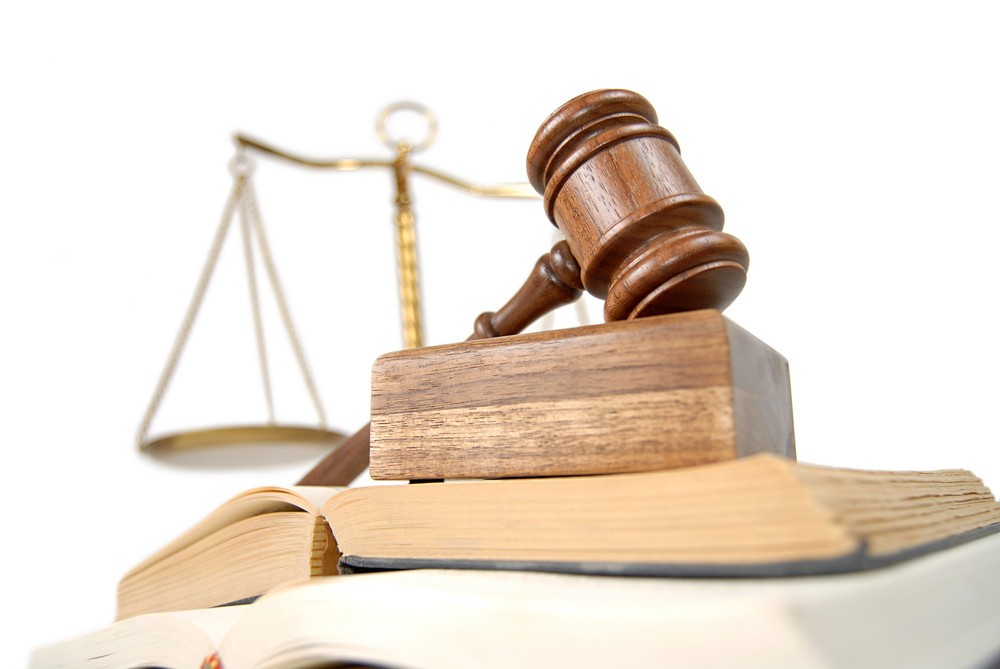felipeglaspie
Law court accidents in the UK are a rarely discussed aspect of the justice system, yet they raise serious questions about liability and prevention within legal institutions.
The Scottish legal framework is based on Roman law and operates under a separate system. Above the High Court and Crown Court is the Court of Appeal, which is divided into the Civil Division and the Criminal Division.
In recent years, the UK court system has undergone changes to improve access to justice, including the expansion of online hearings, digital case management, and alternative dispute resolution methods.
 Act 1974 applies to court buildings just like any other workplace. Whether through the grand, imposing architecture of historic buildings or the modern, functional designs of contemporary courts, the physical space of the court is an essential part of the legal process. Law courts also have a responsibility to support the legal profession. The Health and Safety at Work etc.
Act 1974 applies to court buildings just like any other workplace. Whether through the grand, imposing architecture of historic buildings or the modern, functional designs of contemporary courts, the physical space of the court is an essential part of the legal process. Law courts also have a responsibility to support the legal profession. The Health and Safety at Work etc.
These advancements allow for remote hearings, making it easier for individuals who are unable to attend court in person to participate in proceedings.
There have been calls for increased investment in modernising court buildings, hiring more safety inspectors, and implementing more stringent protocols. The UK’s courts have long been seen as symbols of justice, fairness, and the rule of law. At the top of the hierarchy is the Supreme Court of the United Kingdom, which is the ultimate court of appeal in civil and criminal cases for all parts of the UK, except for criminal cases in Scotland.
This legislation requires employers and property managers to ensure the safety of staff and visitors. If the responsible party is found negligent, they may be liable for compensation. The use of technology also streamlines the process of presenting evidence, allowing for faster and more efficient trials. As such, the design of these buildings often reflects these ideals, with courtrooms and court buildings serving as physical manifestations of the values that the justice system is meant to uphold.
The Ministry of Justice has pledged to review maintenance standards across its estate, although critics argue that more urgent action is required to prevent avoidable injuries.
 In addition to the courtroom
In addition to the courtroom
itself, the overall layout of the court building is designed with the flow of cases in mind.
These courts are also equipped with high-quality audiovisual systems, as trials may involve extensive witness testimony, expert evidence, and video recordings that need to be presented in a clear and understandable manner.
Modern courts are often organized in a way that facilitates the smooth movement of people through the building. The design of law courts in the UK is also influenced by the country’s legal traditions and cultural values. These changes have helped to modernise the justice process and alleviate pressure on the courts.
These features are essential in ensuring that court cases can proceed efficiently and that people are not kept waiting for long periods in uncomfortable conditions.
Technology is another area that has significantly influenced the design of modern law courts in the UK.
Courts provide a forum for legal representatives, including solicitors, barristers, and other legal professionals, to present their cases and engage in advocacy on behalf of their clients.
Unlike England and Wales, Scotland uses a mixed jury system in criminal cases and maintains different procedures.
This duty of care extends to risk assessments, proper maintenance of facilities, and prompt response to hazards. Some reforms have been proposed to address these concerns.
The Scottish courts include the Sheriff Courts, the High Court of Justiciary for criminal cases, and the Court of Session for civil matters.
With the increasing reliance on digital tools in the courtroom, many new court buildings are equipped with state-of-the-art technology, including video conferencing. Courts must ensure that the legal profession operates ethically and according to the rules of conduct, ensuring that lawyers are able to represent their clients fairly and competently.
In case you loved this short article and you would want to receive much more information regarding Directory Submission please visit the internet site. The UK is made up of a quartet of countries: England and Wales (as one jurisdiction), Scotland, and Northern Ireland, and each has its own legal system.
In addition, Crown Courts often include secure holding cells for defendants in custody, ensuring that individuals who are facing serious charges are kept safely away from the general public. The legal systems of England and Wales are unified, while Scotland and Northern Ireland maintain separate traditions and procedures.
It considers appeals from lower courts and clarifies legal principles that are binding on lower courts.
This includes the use of digital directories to help guide people to the right courtroom, as well as the design of waiting areas that are comfortable and functional. These courts require more advanced facilities, such as larger courtrooms with ample seating for a jury, the defendant, witnesses, legal representatives, and public observers. Crown courts handle serious criminal cases, including murder, rape, and large-scale fraud.
